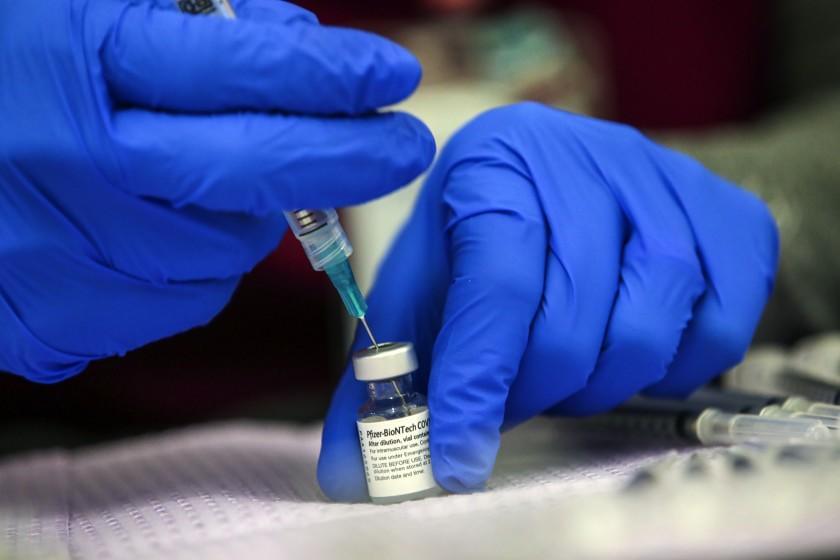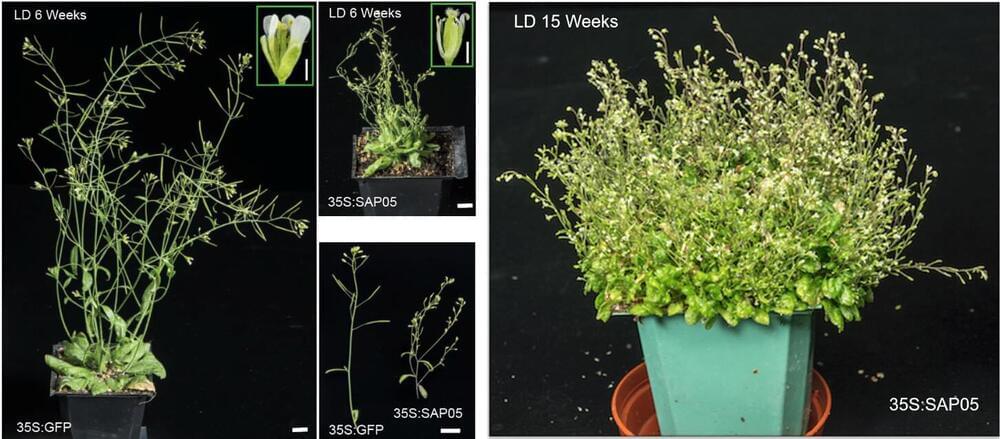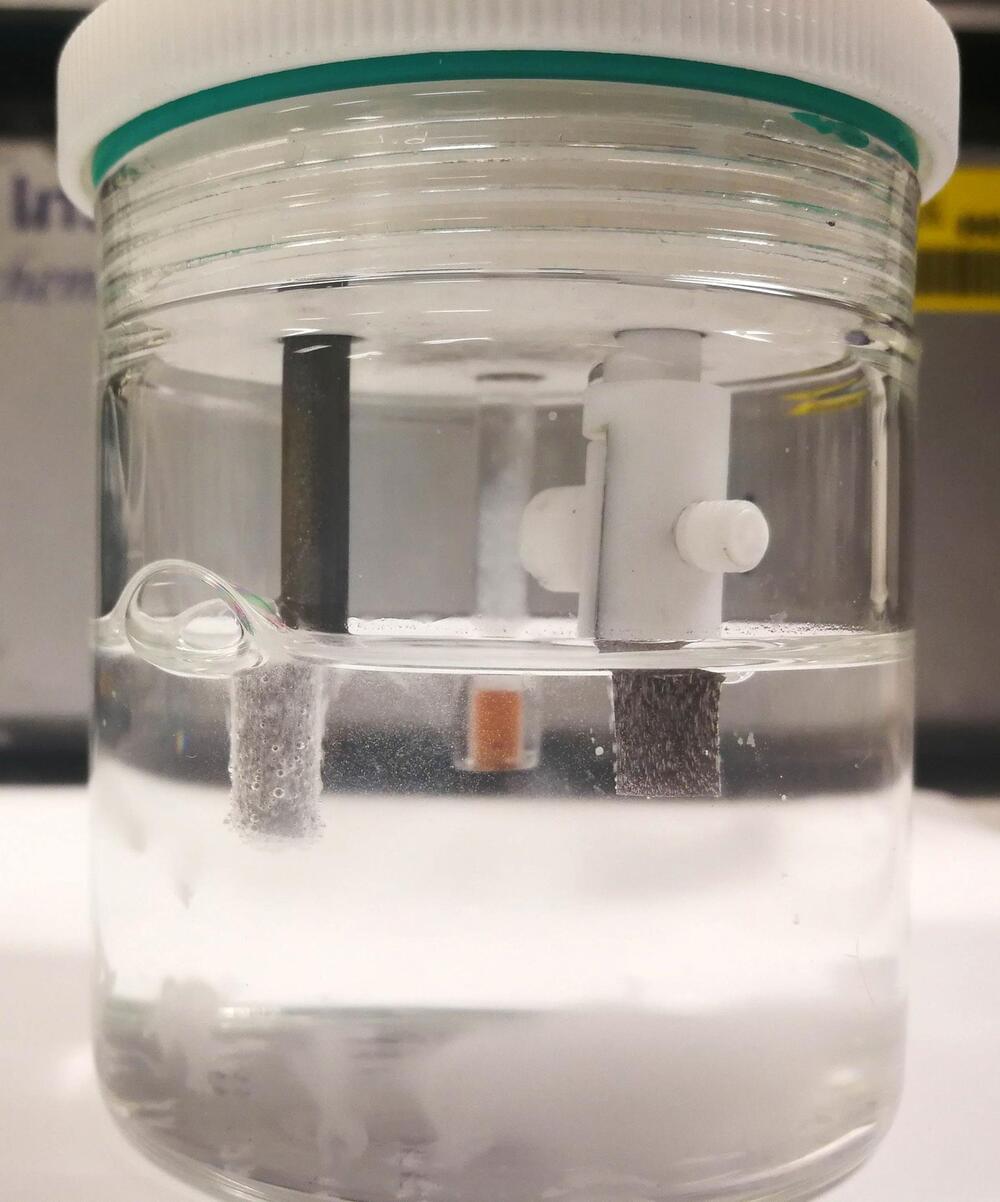The chips at the heart of our digital devices are manufactured by a few large companies, but an open-source approach to design could end their dominance — with implications for everyone.
❤️ Check out the Gradient Dissent podcast by Weights & Biases: http://wandb.me/gd.
📝 The paper “The Relightables: Volumetric Performance Capture of Humans with Realistic Relighting” is available here:
https://augmentedperception.github.io/therelightables/
🙏 We would like to thank our generous Patreon supporters who make Two Minute Papers possible:
Aleksandr Mashrabov, Alex Haro, Andrew Melnychuk, Angelos Evripiotis, Benji Rabhan, Bryan Learn, Christian Ahlin, Eric Haddad, Eric Martel, Gordon Child, Ivo Galic, Jace O’Brien, Javier Bustamante, John Le, Jonas, Kenneth Davis, Klaus Busse, Lorin Atzberger, Lukas Biewald, Matthew Allen Fisher, Mark Oates, Michael Albrecht, Nikhil Velpanur, Owen Campbell-Moore, Owen Skarpness, Ramsey Elbasheer, Steef, Taras Bobrovytsky, Thomas Krcmar, Timothy Sum Hon Mun, Torsten Reil, Tybie Fitzhugh, Ueli Gallizzi.
If you wish to appear here or pick up other perks, click here: https://www.patreon.com/TwoMinutePapers.
Thumbnail background design: Felícia Zsolnai-Fehér — http://felicia.hu.
Károly Zsolnai-Fehér’s links:
Instagram: https://www.instagram.com/twominutepapers/
Twitter: https://twitter.com/twominutepapers.
Web: https://cg.tuwien.ac.at/~zsolnai/
#vr
Data collected from 18 states between March and August suggest the Pfizer-BioNTech vaccine reduces the risk of being hospitalized with COVID-19 by 91% in the first four months after receiving the second dose. Beyond 120 days, however, that vaccine efficacy drops to 77%.
Meanwhile, Moderna’s vaccine was 93% effective at reducing the short-term risk of COVID-19 hospitalization and remained 92% effective after 120 days.
Moderna’s COVID-19 vaccine does a significantly better job of preventing COVID-19 hospitalizations compared with Pfizer’s shot.
A newly discovered manipulation mechanism used by parasitic bacteria to slow down plant aging, may offer new ways to protect disease-threatened food crops.
Parasites manipulate the organisms they live off to suit their needs, sometimes in drastic ways. When under the spell of a parasite, some plants undergo such extensive changes that they are described as “zombies”. They stop reproducing and serve only as a habitat and host for the parasitic pathogens.
Until now, there’s been little understanding of how this happens on a molecular and mechanistic level.
“You may hit the tipping point when you’re 50; it may happen when you’re 80; it may never happen,” Schindler said. “But once you pass the tipping point, you’re going to accumulate high levels of amyloid that are likely to cause dementia. If we know how much amyloid someone has right now, we can calculate how long ago they hit the tipping point and estimate how much longer it will be until they are likely to develop symptoms.”
Summary: A new algorithm uses neuroimaging data of amyloid levels in the brain and takes into account a person’s age to determine when a person with genetic Alzheimer’s risk factors, and with no signs of cognitive decline, will develop the disease.
Source; WUSTL
Researchers at Washington University School of Medicine in St. Louis have developed an approach to estimating when a person who is likely to develop Alzheimer’s disease, but has no cognitive symptoms, will start showing signs of Alzheimer’s dementia.
The algorithm, available online in the journal Neurology, uses data from a kind of brain scan known as amyloid positron emission tomography (PET) to gauge brain levels of the key Alzheimer’s protein amyloid beta.
The material offers the high performance and stability needed for industrial-scale electrolysis, which could produce a clean energy fuel from seawater.
Hydrogen fuel derived from the sea could be an abundant and sustainable alternative to fossil fuels, but the potential power source has been limited by technical challenges, including how to practically harvest it.
We talk to Anil Mankar, Co-founder and Chief Development Officer at BrainChip, about artificial intelligence and neural-networking ICs.
Researchers recently found that a few years back, they “slept” through a hurricane. On analyzing weather satellite data from 2,014 scientists discovered evidence of a hurricane from space that pushed plasma toward Earth’s upper atmosphere. Though these events are invisible to the eye, the evidence reveals that they’re not uncommon. Understanding more about them could help to protect satellite and communications systems from disturbance and preserve radar and GPS output for life below on the planet’s surface.
Satellites in orbit around the planet gather immense amounts of data on environmental and climate activity. A recent publication in Nature Communications explains how the first hurricane from space was discovered through analysis of data gathered back in August 2014.
The research team looked at recently released files containing measurements taken by four satellites in the Defense Meteorological Satellite Program. From their analysis, the scientists created a 3D image that showed the hurricane from space forming features similar to what we’re familiar with in Earth’s lower atmosphere. A press release in Science Daily describes it as a gigantic spiral of plasma, with its arms swirling counterclockwise above the North Pole.








